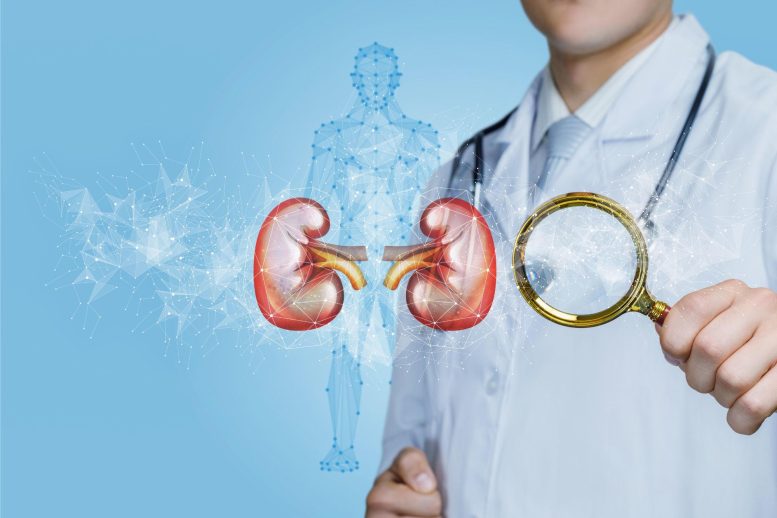
University of Texas at Dallas scientists discovered a unique “housekeeping” process in kidney cells where unwanted content is ejected, rejuvenating the cells. This mechanism, different from typical regeneration in other organs, could explain why kidneys stay healthy for a lifetime.
Scientists from the University of Texas at Dallas have identified a previously unknown “housekeeping” process in kidney cells that ejects unwanted content, resulting in cells that rejuvenate themselves and remain functioning and healthy.
This unique self-renewal method, distinct from known regeneration processes in other body tissues, sheds light on how the kidneys can maintain their health throughout one’s life in the absence of injury or illness. The team detailed their findings in a study recently published in Nature Nanotechnology.
Unlike the liver and skin, where cells divide to create new daughter cells and regenerate the organ, cells in the proximal tubules of the kidney are mitotically quiescent — they do not divide to create new cells. In cases of a mild injury or disease, kidney cells do have limited repair capabilities, and stem cells in the kidney can form new kidney cells, but only up to a point, said Dr. Jie Zheng, professor of chemistry and biochemistry in the School of Natural Sciences and Mathematics and co-corresponding author of the study.
“In most scenarios, if kidney cells are severely injured, they will die, and they cannot regenerate,” said Zheng, a Distinguished Chair in Natural Sciences and Mathematics. “Your kidney will just fail sooner or later. That’s a big challenge in health management for kidney disease. All we can do currently is slow down the progression to kidney failure. We cannot easily repair the organ if it’s injured severely or by chronic disease.
“That’s why discovering this self-renewal mechanism is probably one of the most significant findings we’ve made so far. With excellent core facilities and dedicated staff, UTD is a great place to do such cutting-edge research.”
Further research may lead to improvements in nanomedicine and early detection of kidney disease, he said.
An Unexpected Finding
The researchers said their discovery took them by surprise.
For 15 years, Zheng has been investigating the biomedical use of gold nanoparticles as imaging agents, for fundamental understanding of glomerular filtration, for early detection of liver disease, and for targeted delivery of cancer drugs. Part of that work has focused on understanding how gold nanoparticles are filtered by the kidneys and cleared from the body through urine.
Research has shown that gold nanoparticles generally pass unscathed through a structure in the kidney called the glomerulus and then travel into proximal tubules, which make up over 50% of the kidney. Proximal tubular epithelial cells have been shown to internalize the nanoparticles, which eventually escape those cells to be excreted in urine. But just how they escape the cells has been unclear.
In December 2021, Zheng and his chemistry team — research scientist and lead study author Yingyu Huang PhD’20 and co-corresponding author Dr. Mengxiao Yu, research associate professor — were examining gold nanoparticles in proximal tubular tissue samples using an optical microscope, but they switched to one of the University’s electron microscopes (EM) for better resolution.
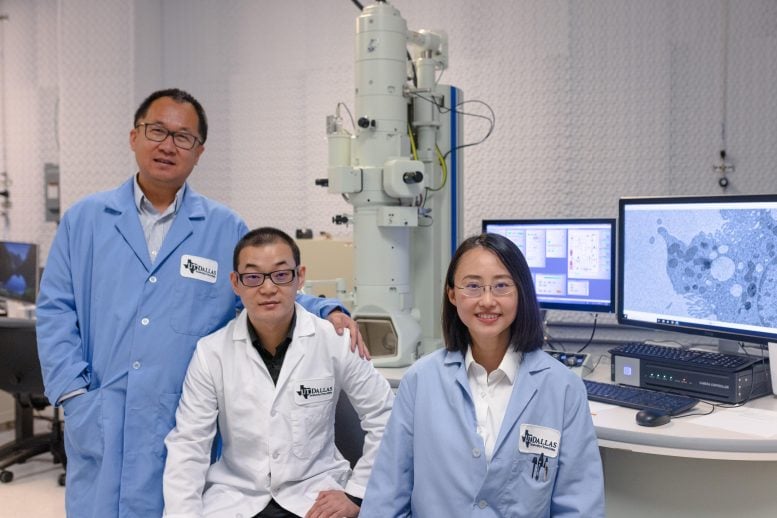
From left: University of Texas at Dallas researchers Dr. Jie Zheng, Yingyu Huang PhD’20, and Dr. Mengxiao Yu recently published a study in Nature Nanotechnology describing a previously unknown self-renewal process in kidney cells. Credit:
University of Texas at Dallas
“Using the EM, we saw gold nanoparticles encapsulated in lysosomes inside of large vesicles in the lumen, which is the space outside the epithelial cells,” Yu said.
Vesicles are small fluid-filled sacks found both inside and outside of cells that transport various substances.
“But we also observed the formation of these vesicles containing both nanoparticles and organelles outside of cells, and it was not something we had seen before,” Yu said.
The researchers found proximal tubular cells that had formed outwardly facing bulges in their luminal membranes that contained not only gold nanoparticles but also lysosomes, mitochondria, endoplasmic reticulum, and other organelles typically confined to a cell’s interior. The extruded contents were then pinched off into a vesicle that floated off into the extracellular space.
“At that moment, we knew this was an unusual phenomenon,” Yu said. “This is a new method for cells to remove cellular contents.”
A New Renewal Process
The extrusion-mediated self-renewal mechanism is fundamentally different from other known regenerative processes — such as cell division — and housecleaning tasks like exocytosis. In exocytosis, foreign substances such as nanoparticles are encapsulated in a vesicle inside the cell. Then, the vesicle membrane fuses with the inside of the cell’s membrane, which opens to release the contents to the outside.
“What we discovered is totally different from the previous understanding of how cells eliminate particles. There is no membrane fusion in the extrusion process, which eliminates old content from normal cells and allows the cells to update themselves with fresh contents,” Huang said. “It happens whether foreign nanoparticles are present or not. It’s an intrinsic, proactive process these cells use to survive longer and function properly.”
Zheng said their findings open up new areas of study. For example, epithelial cells, like those in the proximal tubules, are found in other tissues, such as the walls of arteries and in the gut and digestive tract.
“In the field of nanomedicine, we want to minimize the accumulation of nanoparticles in the body as much as possible. We don’t want them to get stuck in the kidneys, so it’s very important to understand how nanoparticles are eliminated from the proximal tubules,” Zheng said. “Also, if we could learn how to regulate or monitor this self-renewal process, we might find a way to keep kidneys healthy in patients with high blood pressure or diabetes.
“If we could develop ways to detect the signature of this process noninvasively, perhaps it could be an indicator of early kidney disease.”
Reference: “Proximal tubules eliminate endocytosed gold nanoparticles through an organelle-extrusion-mediated self-renewal mechanism” by Yingyu Huang, Mengxiao Yu and Jie Zheng, 17 April 2023, Nature Nanotechnology.
DOI: 10.1038/s41565-023-01366-7
The studywas funded by the National Institute of Diabetes and Digestive and Kidney Diseases, the National Science Foundation, and the Cancer Prevention and Research Institute of Texas.

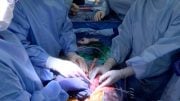

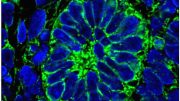
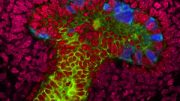
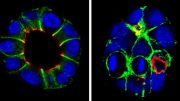
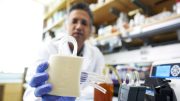
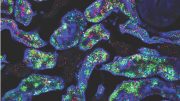
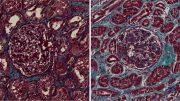
Could this lead to a possible treatment or cure for polycystic kidney disease?
Since white blood cells are more important than sugar test.How come no Dr made himself rich inventing a home test for white blood cells alone
Why on earth would someone test for white blood cells……?
I am interested in the blood group of the subject and if there are differences for people with different blood groups